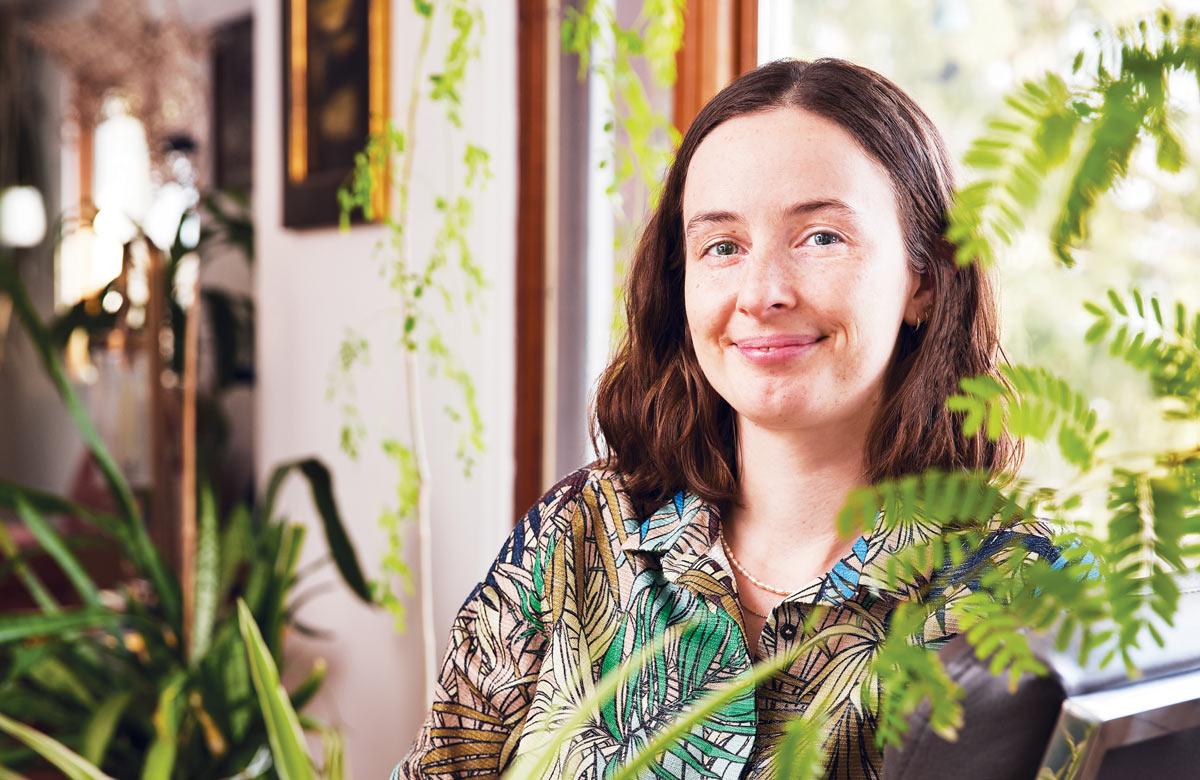think that identifying solutions for the current environmental crisis is how we will ensure a healthy planet for future generations. Along these same lines, holding leaders accountable for implementing these solutions is how we will get the job done.
Maybe you’ve heard that one million species are at risk of extinction. As a master’s student, I remember reading an article in Science that examined the biodiversity crisis. It was authored by the Intergovernmental Science-Policy Platform on Biodiversity and Ecosystem Services (IPBES), a panel of dozens of scientists convened by the United Nations. I was alarmed, but also impressed, by the solution outlined in their 2019 report. The scientists, led by Sandra Diaz, called for transformative societal change to prevent ecosystem collapse. (As an integral part of nature, of course, ecosystem collapse means the end of humanity as we know it.) While the findings were startling, I was impressed that not only had the scientists identified the problem, they had also identified a solution.

think that identifying solutions for the current environmental crisis is how we will ensure a healthy planet for future generations. Along these same lines, holding leaders accountable for implementing these solutions is how we will get the job done.
Maybe you’ve heard that one million species are at risk of extinction. As a master’s student, I remember reading an article in Science that examined the biodiversity crisis. It was authored by the Intergovernmental Science-Policy Platform on Biodiversity and Ecosystem Services (IPBES), a panel of dozens of scientists convened by the United Nations. I was alarmed, but also impressed, by the solution outlined in their 2019 report. The scientists, led by Sandra Diaz, called for transformative societal change to prevent ecosystem collapse. (As an integral part of nature, of course, ecosystem collapse means the end of humanity as we know it.) While the findings were startling, I was impressed that not only had the scientists identified the problem, they had also identified a solution.

Another example of leadership showcased at COP26 was the collaborative effort between Credit Suisse, The Nature Conservancy (TNC), and the Government of Belize. These entities came together to bundle Belize’s debt and exchange it for a blue bond, which allocates funds toward debt sustainability and marine conservation for Belize. Efforts such as this partnership show how creative and collaborative solutions can have a transformative impact.

Besides proselytizing transformative change and a solution-oriented attitude toward the future, what can I personally do? I plan on remaining committed to helping develop ambitious metrics for assessing impacts on nature. I can continue to deploy tech to monitor and measure the effectiveness of Nature-based Solutions policies. I will continue to push to have many voices contributing to accountability metrics. I know that without ambitious but straightforward metrics, no one can be held accountable or take credit for the solutions they are implementing.
Coming together to ensure a livable planet is one of the most ambitious things humans have ever come together to try to do—so I will remain stubbornly optimistic that we can make it happen. I invite you to join the team.

